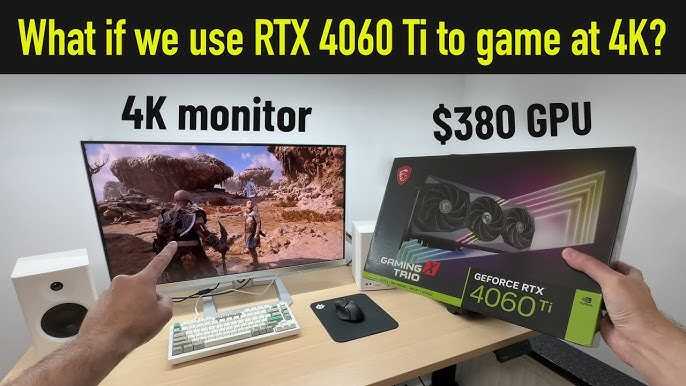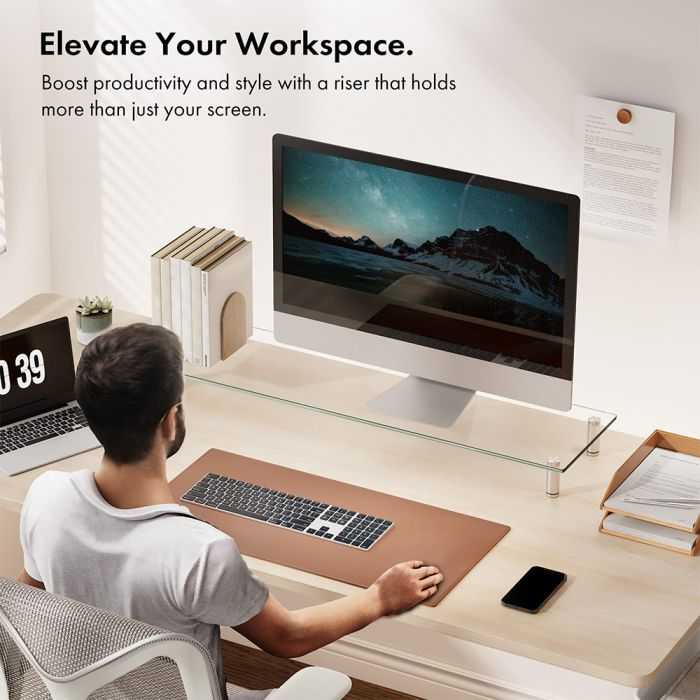To fix refresh rate mismatch issues, simply match your monitor’s refresh rate with your graphics card settings or update your drivers. Adjusting these parameters ensures smoother visuals and prevents screen flickering or tearing. If problems persist, consider lowering the resolution or using specialized tools like V-Sync or G-Sync to synchronize display output effectively.
In today’s fast-paced digital world, experiencing flickering screens or stuttering visuals can be incredibly frustrating, especially when gaming or working on graphics-intensive tasks. Refresh rate mismatch occurs when your monitor’s refresh rate isn’t aligned with your computer’s output settings, causing display inconsistencies. Luckily, resolving this is often straightforward: adjusting your settings, updating your drivers, or enabling synchronization features can restore a seamless viewing experience. This article will guide you through simple, effective steps to troubleshoot and fix refresh rate mismatches, helping you enjoy crisp, smooth visuals every time.
How to solve refresh rate mismatch issues
Refresh rate mismatch issues can cause annoying problems like screen flickering, blurred images, or lagging visuals. These issues happen when your monitor’s refresh rate doesn’t match what your graphics card is sending. Fixing this can improve your gaming, work, or viewing experience noticeably.
Understanding refresh rates and why mismatches occur
Refresh rate refers to how many times per second your monitor updates the display, measured in Hertz (Hz). A higher refresh rate generally provides smoother visuals, especially for fast-moving scenes. Mismatches happen when your monitor’s refresh rate and your graphics card’s output aren’t synchronized.
Common reasons for refresh rate mismatches include outdated drivers, incorrect display settings, incompatible hardware, or software conflicts. Sometimes, automatic settings may set incompatible rates, leading to flickering or screen tearing. Knowing these causes helps you find the right solution faster.
Checking your monitor’s native refresh rate
Before making changes, find out your monitor’s native refresh rate. This is the rate at which it can display images most effectively without issues. You can usually find this information in your monitor’s manual or on the manufacturer’s website.
On Windows, go to Display Settings and click on Advanced display settings. Your current refresh rate will be shown under Refresh rate (Hz). Make sure to select the correct rate compatible with your monitor for optimal performance.
Adjusting Windows display settings for better synchronization
Properly setting your display’s refresh rate can solve many mismatch issues. Access your display settings by right-clicking on your desktop and selecting Display Settings. Navigate to Advanced Display Settings and choose the correct refresh rate from the list.
Ensure your settings match your monitor’s native refresh rate to prevent flickering. Sometimes, Windows defaults to a lower or incompatible rate, so manually adjusting it can resolve persistent issues.
Updating graphics card drivers for compatibility
Outdated or corrupt drivers often cause refresh rate issues. Visit your graphics card manufacturer’s website, such as NVIDIA, AMD, or Intel, to download the latest drivers. Installing the newest drivers ensures better compatibility with your monitor’s refresh rate.
After updating, restart your PC and verify if the refresh rate settings are still correct. Updated drivers also improve overall system stability and performance during graphical tasks.
Configuring display settings within graphics card control panels
NVIDIA Control Panel
Open the NVIDIA Control Panel by right-clicking on your desktop. Under Display, select Change resolution. Choose your monitor and set the refresh rate to match your monitor’s native rate. Click Apply to save changes.
AMD Radeon Settings
Right-click on your desktop and open AMD Radeon Settings. Navigate to Display, then select your monitor. From the Refresh Rate dropdown, pick the correct rate and confirm. This helps synchronize the output effectively.
Intel Graphics Control Panel
Access Intel Graphics Settings through the system tray or control panel. Under Display, select your monitor and choose your desired refresh rate. Save settings and observe if flickering or tearing persists.
Using V-Sync and other software options to prevent tearing
V-Sync (Vertical Synchronization) limits your graphics output to your monitor’s refresh rate, reducing screen tears. Enable V-Sync in your game or application settings for smoother visuals. Note that it may introduce slight input lag but improves overall display stability.
Some gaming platforms like Steam allow you to enforce V-Sync or utilize adaptive sync options, ensuring better synchronization with your monitor’s refresh rate across different applications.
Enabling G-Sync or FreeSync technologies
If your monitor and graphics card support G-Sync (NVIDIA) or FreeSync (AMD), enabling these features can dynamically match the frame rate to your monitor’s refresh rate. This reduces tearing and stuttering significantly.
Activate G-Sync or FreeSync through your graphics card’s control panel, then enable the feature in your monitor’s OSD (On-Screen Display). This setup is especially helpful for gamers seeking smooth, tear-free visuals.
Handling resolution and refresh rate conflicts
Sometimes, resolution settings can interfere with refresh rate stability. Ensure you set your monitor to its optimal resolution before adjusting the refresh rate. Higher resolutions demand more from your GPU, which might cause mismatches or performance drops.
For best results, keep resolution at native or recommended levels and then tweak the refresh rate settings accordingly. Using a resolution that matches your monitor’s specifications guarantees better synchronization.
Addressing hardware compatibility issues
Hardware incompatibilities, such as an older graphics card or faulty cables, can cause refresh rate problems. Confirm that your GPU supports the desired refresh rate at the resolution you’re using.
Use high-quality cables, like DisplayPort or HDMI 2.0, capable of transmitting higher refresh rates. Replacing outdated hardware or cables can often resolve persistent mismatch issues.
Troubleshooting screen tearing and flickering
If you notice tearing, flickering, or artifacts despite correct settings, try disabling or enabling features like V-Sync, G-Sync, or FreeSync. Adjusting these settings can help find a balance between performance and visual quality.
In some cases, resetting your display configuration or performing a clean driver reinstall helps eliminate lingering software conflicts causing screen issues.
Using third-party tools and utilities
Tools like Custom Resolution Utility (CRU) or Monitor Asset Manager can help you set custom refresh rates or troubleshoot detection issues. These utilities enable advanced configurations beyond default Windows settings.
Always follow instructions carefully and back up your current settings before making significant changes to avoid creating new problems.
Performing regular maintenance and updates
Keep your system updated, including graphics drivers, operating system patches, and monitor firmware. Regular updates fix bugs, improve compatibility, and often introduce better synchronization options.
Routine maintenance ensures your setup remains optimized for handling refresh rate settings and reduces the chance of encountering mismatch problems over time.
Seeking professional help and community support
If you’ve tried all these steps and still face issues, consider reaching out to technical support from your monitor or graphics card manufacturer. Online forums and communities can also provide tailored advice based on your specific hardware.
Sometimes, hardware defects require professional repairs or replacements, so don’t hesitate to seek expert assistance when needed.
Addressing refresh rate mismatch issues involves a combination of proper settings adjustments, hardware verification, and software updates. By systematically following these steps, you can enjoy smoother visuals and eliminate frustrating display problems.
What to do when your rotobrush does THIS
Frequently Asked Questions
What steps can I take to manually adjust my display’s refresh rate for better compatibility?
To manually adjust your display’s refresh rate, go to your computer’s display settings. On Windows, right-click on the desktop and select ‘Display settings,’ then click on ‘Advanced display settings.’ Choose your monitor and click ‘Display adapter properties.’ Under the ‘Monitor’ tab, select a different refresh rate from the dropdown menu, ensuring it matches your monitor’s supported options. On macOS, open ‘System Preferences,’ go to ‘Displays,’ hold the ‘Option’ key and click on ‘Scaled’ to reveal refresh rate options, then select a rate compatible with your monitor. Applying these changes can resolve mismatches that cause display issues.
How can I update my graphics driver to fix refresh rate inconsistencies?
Updating your graphics driver ensures your system recognizes the correct refresh rates for your monitor. Visit your graphics card manufacturer’s website—such as NVIDIA, AMD, or Intel—and download the latest driver compatible with your model and operating system. Follow the installation instructions provided. Restart your computer after installation to apply updates. Updated drivers often include improved support for various refresh rates, minimizing mismatches and improving overall display stability.
Are there specific settings within my graphics control panel that can resolve refresh rate issues?
Yes, graphics control panels like NVIDIA Control Panel or AMD Radeon Settings offer options to customize display settings. Open the control panel and navigate to the ‘Display’ or ‘Desktop’ settings. Look for options related to ‘Refresh Rate’ or ‘Monitor Settings.’ Select a refresh rate that aligns with your monitor’s specifications. Additionally, check for any scaling or resolution settings that might interfere with proper refresh rate detection. Adjusting these options ensures that your display operates at the intended refresh rate, reducing mismatch issues.
What role does cable quality and connection type play in refresh rate compatibility?
The quality and type of the connection cable significantly impact refresh rate support. Use high-quality HDMI, DisplayPort, or DVI cables rated for your monitor’s maximum refresh rate. Cheaper or damaged cables can cause signal degradation, leading to refresh rate mismatches or flickering. Ensure that your cable is properly connected and compatible with your graphics card and monitor specifications. Upgrading to a certified cable can stabilize signal transmission and ensure your display registers the correct refresh rate.
How can I troubleshoot refresh rate issues when using multiple monitors?
If you experience mismatch problems with multiple displays, verify each monitor’s supported refresh rate separately. Use your operating system’s display settings to adjust each monitor individually, selecting the appropriate refresh rate. Additionally, check if your graphics driver settings include multi-monitor configurations that could override individual settings. Make sure your graphics card can support the combined display outputs. Updating drivers and ensuring each monitor uses an optimal connection type helps maintain synchronization and prevents refresh rate conflicts across multiple screens.
Final Thoughts
To solve refresh rate mismatch issues, start by checking your monitor and graphics card settings. Adjust the refresh rate to match both devices’ specifications for optimal performance. Updating your graphics drivers can also resolve compatibility problems.
Ensure Windows display settings or your GPU control panel have the correct refresh rate selected. Restart your device after making changes to confirm they take effect.
Addressing these steps effectively solves refresh rate mismatch issues, providing a smoother visual experience.
I’m passionate about hardware, especially laptops, monitors, and home office gear. I share reviews and practical advice to help readers choose the right devices and get the best performance.






